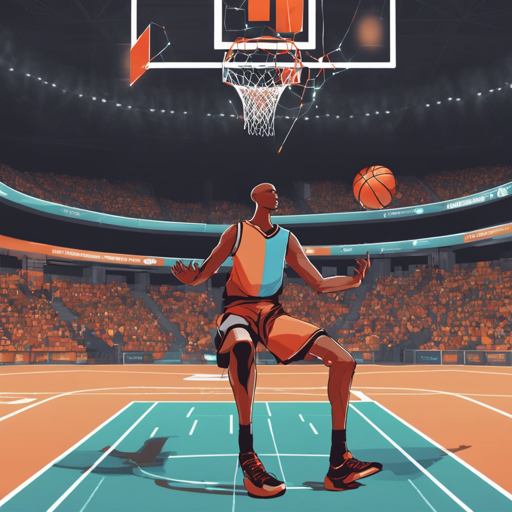Welcome to the future of basketball officiating! In this article, we will walk you through creating an innovative AI Basketball Referee system that utilizes computer vision technology to enhance the fairness of the game. With this guide, you will learn how to set up the project, understand the underlying mechanisms, and troubleshoot any issues that may arise along the way.
Understanding the Purpose
As sports evolve, so, too, does the technology that supports them. While tennis and track and field have successfully integrated computer vision to improve officiating, basketball remains behind. This technology aims to eliminate controversial referee calls and provide fans and players with a fair experience. Our AI Basketball Referee employs advanced machine learning models to detect basketball movements accurately.
How It Works
Imagine you’re teaching a child to recognize basketballs and detect player movements on the court. You show them various images of basketballs in different settings and then ask them to identify players’ movements. This learning process mirrors the way the AI Basketball Referee operates:
- The system uses a YOLO (You Only Look Once) model, trained on a dataset of 3,000 images, to recognize basketballs in real-time.
- Pose estimation is like teaching our child to notice the positions of body joints, helping to track players’ movements accurately.
- By assessing both the position of the ball and players’ keypoints, the AI can call violations such as travels and double dribbles effectively.
Setup Steps
- Clone the project repository.
- Open the folder in VSCode.
- Create a new conda environment: conda create -n exercise-tracking python=3.11.
- Activate the conda environment with: conda activate exercise-tracking.
- Install the required package: pip install ultralytics.
- Run one of the Python scripts, such as double_dribble.py or travel_detection.py, for real-time officiating capabilities.
- Modify the input source for video: use your webcam with cv2.VideoCapture(0) or point to a video file cv2.VideoCapture(video.mp4).
Basketball Detection and More
Basketball detection is vital to the functionality of our AI Basketball Referee system. The core of this lies within basketballModel.pt, a machine learning file that you need to download separately due to its size. Grab it here: basketballModel.pt. This model is like the brain of a football referee, trained rigorously to identify the key elements of the game – the basketball and players’ movements.
Troubleshooting Tips
Even the best systems encounter hiccups along the way. Here are some troubleshooting ideas:
- If the system fails to detect a basketball, ensure your camera is positioned correctly and that there is enough light for the model to analyze.
- Adjust the detection sensitivity parameters to improve accuracy based on your environment.
- If the video feed is choppy or malfunctions, check your system’s resources (CPU/RAM) to ensure it can handle real-time processing.
- For more insights, updates, or to collaborate on AI development projects, stay connected with fxis.ai.
Wrap-Up
In summary, the AI Basketball Referee not only enhances the fairness of the game but also acts as a valuable tool for referees, coaches, and players. Whether you are capturing gameplay data or aiming to improve player performance, this technology paves the way for better basketball experiences.
At fxis.ai, we believe that such advancements are crucial for the future of AI, as they enable more comprehensive and effective solutions. Our team is continually exploring new methodologies to push the envelope in artificial intelligence, ensuring that our clients benefit from the latest technological innovations.

